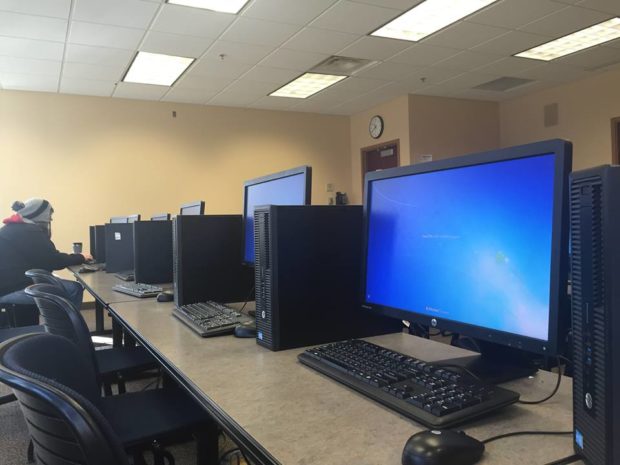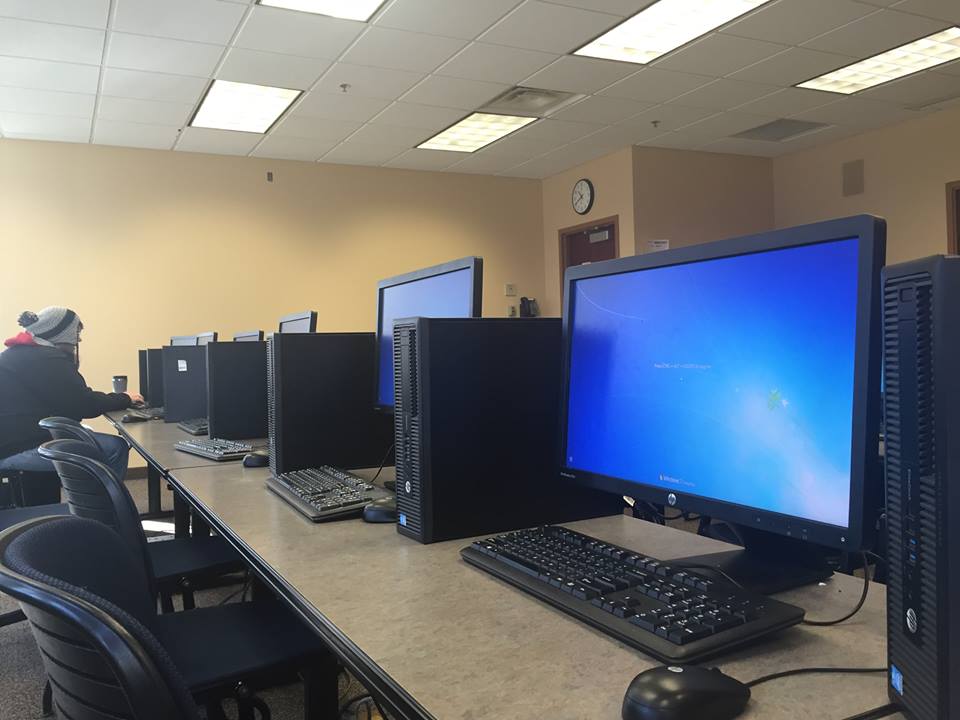
St. Thomas seemed to be on the cutting edge in the 1990s when music professor Christopher Kachian developed its first completely online course. Since then, however, the university’s online course offering has been relatively stagnant.
Kachian’s music and culture class is one of only four fully online classes that are currently offered at St. Thomas. The other courses are two health classes and one philosophy class. While it doesn’t quite mimic a classroom setting, Kachian sees the positives in online learning.
“It’s not a perfect way to teach; it certainly isn’t,” Kachian said. “The real reason why I wanted to do it, beyond the interactive stuff, is I wanted students — all kinds of students — to have access.”
Kachian himself understands the struggle of taking an online class without any interaction. He quit teaching online for five years because he was such a people person and enjoyed face-to-face communication with students.
“I came back because it struck me that I was thinking too much about myself, and I’ve got to start thinking about the students,” Kachian said. “The single mom, the learning challenged, the international, the student who lives in another state.”
Despite the varying groups of students who benefit from the flexibility of an online class, the university doesn’t see it as a priority and hasn’t seen a lot of student interest.
“We’re just not that kind of university,” Carol Hagen, registration coordinator for the registrar’s office, said. “Students here want that small classroom size and connection with their professors. That’s what they pay for.”
Sophomore Jared Shea thinks that the lack of options makes it difficult for students to fit an online course into their schedule at St. Thomas.
“I took my general math class online through a community college because we didn’t really have that option here,” Shea said. “It would be nice to have a few more options.”
Kachian thinks that part of the discouragement comes from the added work for professors, which he has experienced firsthand.
“Imagine that if you ask a question of the class, every student answers in a full paragraph and at the end of class, everybody hands in a couple hundred words or so,” he said.
Despite the added work, Kachian enjoys the flexibility of teaching online. This summer, he will be teaching the course from Armenia, where he will be visiting his family. He sees the same flexibility in those who are taking his course.
“I’ve had students tell me that they do the course on their phone while they’re driving home from Sioux Falls on the weekend,” Kachian said. “Talk about access. There’s learning everywhere.”
Mary Brickner can be reached at bric0029@stthomas.edu.




This article presents a great opportunity to tell “the rest of the story” and highlight all the things St. Thomas is proactively doing to position itself as an online learning leader. The STELAR Center opened last fall to help. [TommieMedia, Sept. 9]
Only four fully online courses were mentioned but there are more, many of them at the graduate level in Special Ed, Social Work, and OCB.
We’re growing our undergraduate online offerings because we know they benefit students who need the flexibility, convenience, and access to the excellent teaching St. Thomas faculty provide. Nine new frequently-transferred undergraduate courses will be offered in an online or blended format during the summer of 2017 as part of the “Take St. Thomas Home for the Summer” program [Newsroom, Oct. 21].
Brickner’s article paints the picture that teaching online is burdensome and there is little or no interaction in online courses. While teaching online does pose challenges that are different from those in face-to-face courses, many of those perceived barriers can be resolved with good course design. Using appropriate tools can bridge the gaps in access to learning, helping both students and instructors collaborate in meaningful ways.
St. Thomas recognizes that when it comes to online learning, we can do better, and STELAR was created to facilitate this process. This ongoing partnership between faculty and STELAR is a testament to what we can accomplish together, working for…